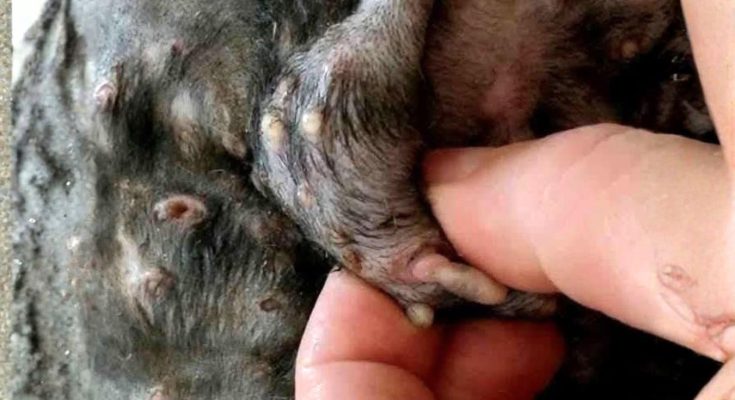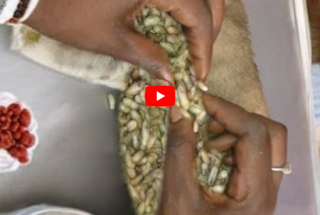Dogs often develop infections in their feet, especially between the toes or around the paw pads. These infections can be uncomfortable or painful for your dog, so noticing the signs early is important. Below is a simple guide to help you understand why paw infections happen and what steps you can take.
1. Yeast Infection
Warm, moist spaces—like between a dog’s toes—are perfect for yeast to grow.
Signs: redness, itching, brown discharge, strong odor.
2. Bacterial Infection
Bacteria can enter through small cuts, scratches, or insect bites.
Signs: swelling, redness, pus, excessive licking.
3. Allergies
Food, environmental, or seasonal allergies can irritate paws and cause licking, which leads to infection.
4. Foreign Objects
Grass seeds, thorns, tiny stones, or splinters can get stuck between the toes and cause irritation and infection.
5. Fungal Infection (like Ringworm)
Ringworm can infect the skin of the paws and cause circular patches of hair loss and scaly skin.
Common Symptoms of Paw Infections
- Constant licking or chewing of the feet
- Redness or swelling
- Bad smell from paws
- Yellow, brown, or bloody discharge
- Limping or reluctance to walk
- Hot or painful paw pads
- Hair loss between toes
If your dog is showing severe pain, swelling, or fever, contact a veterinarian immediately.
Home Care Tips (Mild Cases Only)
These steps can help soothe mild irritation while you arrange proper vet care:
1. Gently Clean the Paws
Wash with warm water and mild dog-safe shampoo or saline solution.
2. Epsom Salt Soak
Soak paws in warm water mixed with Epsom salt for 5–10 minutes to reduce swelling.
3. Keep the Paws Dry
Always dry between the toes—moisture helps infections grow.
4. Prevent Licking
Use an e-collar or dog bootie if necessary, because licking makes infections worse.
When to See a Veterinarian
You should seek professional vet care if:
- The infection looks worse after 1–2 days of home care
- There is pus or bleeding
- Your dog is limping badly
- Your dog has a fever
- There is a strong odor
- The paw is extremely swollen
Vets may prescribe:
- Antibiotics
- Antifungal medication
- Anti-inflammatory medicine
- Allergy treatment
- Special medicated shampoos or wipes
Prevention Tips
- Keep your dog’s paws clean and dry after walks
- Trim hair between toes
- Check paws for thorns, ticks, or cuts regularly
- Avoid walking on hot pavements
- Manage allergies with vet guidance
- Keep nails trimmed



